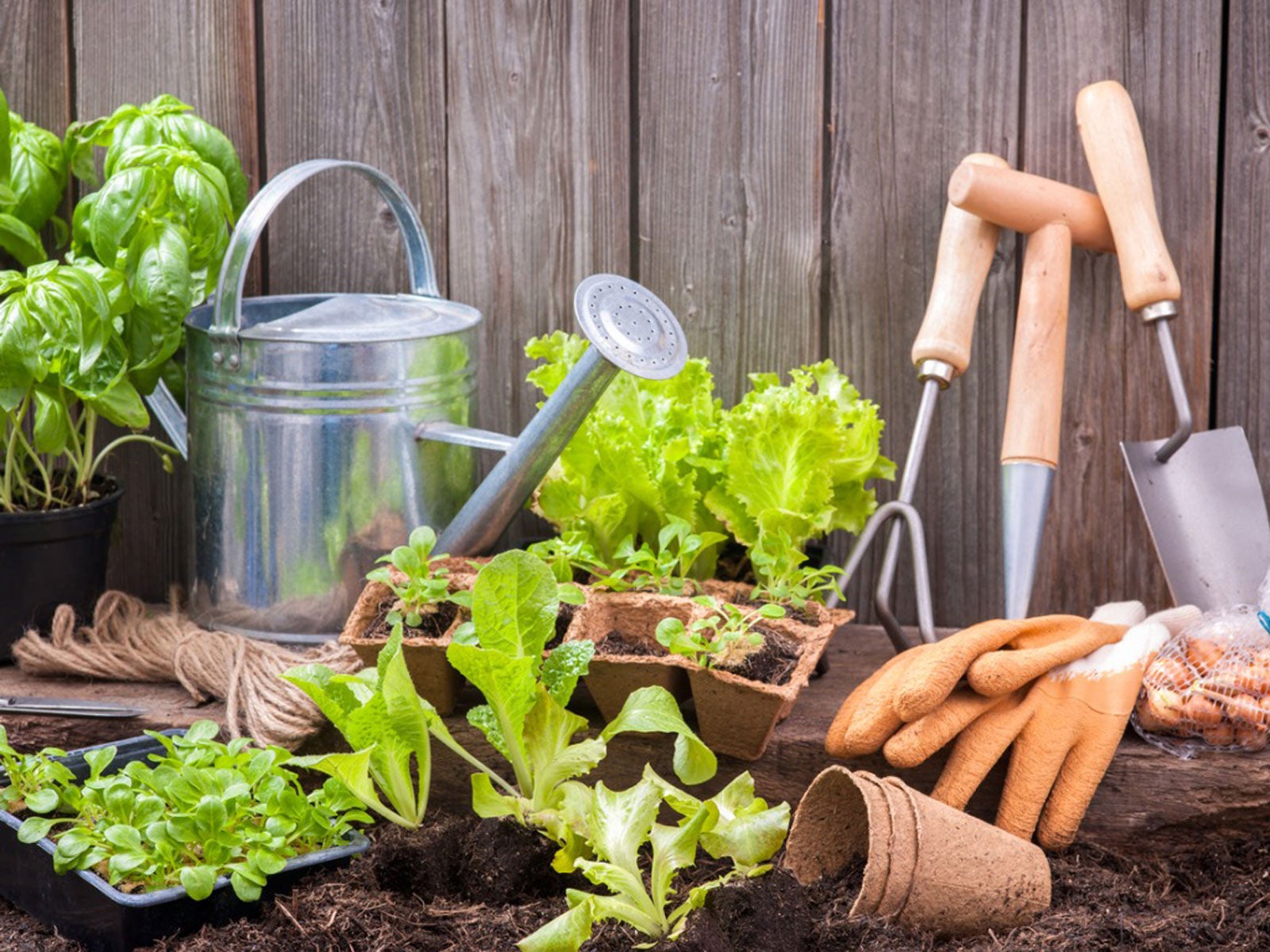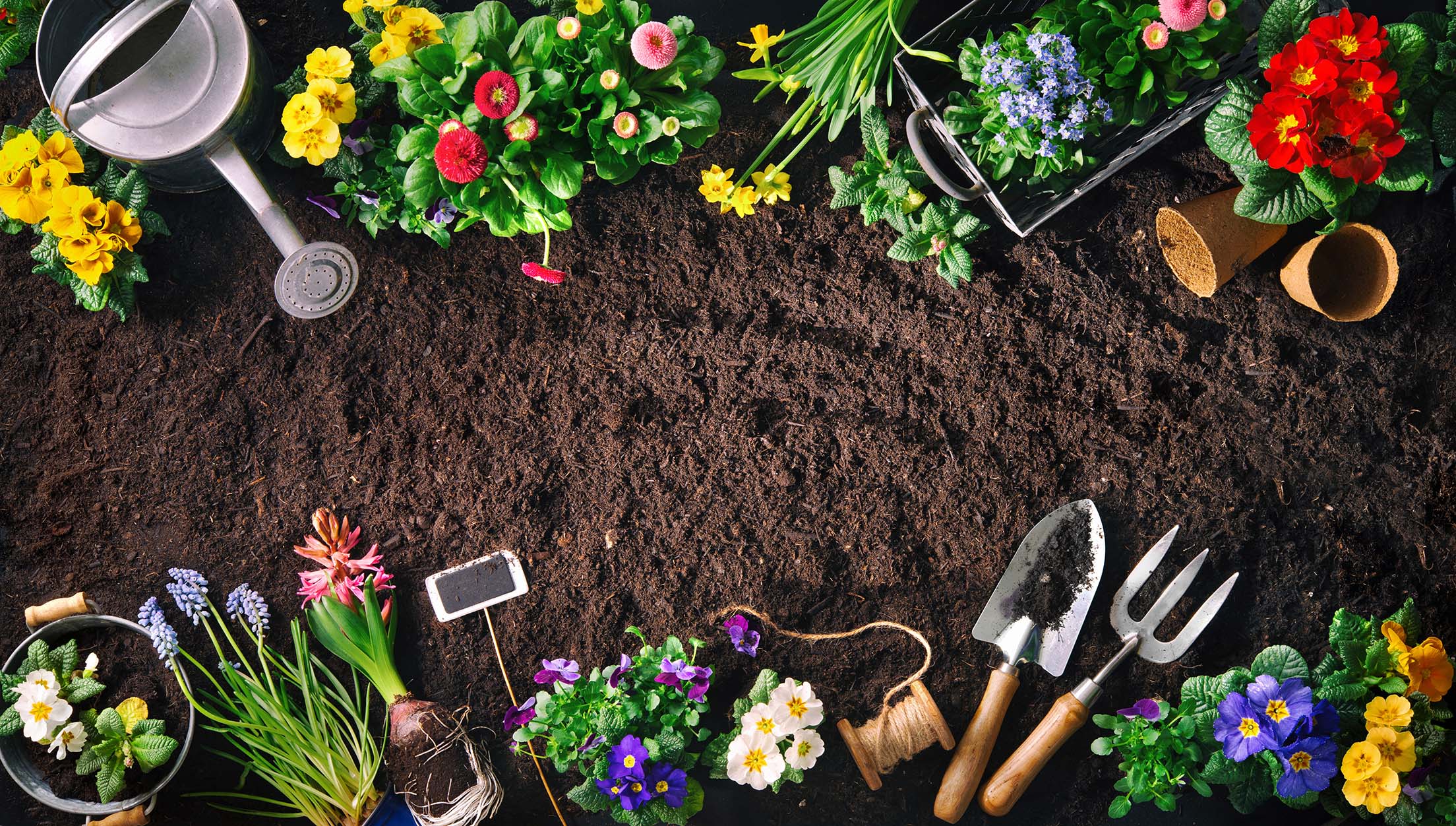Simple Gardening Tips to Change Your Backyard Into a Lush Paradise
Changing your backyard into a rich heaven involves a strategic strategy, starting with evaluating your room to comprehend sunlight patterns and dirt high quality. Choosing plants that thrive in your regional environment is crucial, as is enhancing soil with natural issue and effective watering approaches.
Assess Your Area
Analyzing your space is a critical first action in producing a successful yard garden. This first analysis will lead all succeeding decisions, making certain that your yard is both useful and attractive.
Recognize zones that receive full sun, partial color, and full color, as various plants have differing light requirements. Carrying out a dirt test can provide important information on pH degrees and vitamins and mineral web content, enabling you to make needed amendments for ideal plant development.
Drain is one more critical factor - gardening tips. Poor drainage can lead to waterlogged soil, destructive to many plants. Look for locations where water has a tendency to pool after rainfall and think about carrying out services like raised beds or French drains
Lastly, assess the microclimates within your yard. Elements such as wind direct exposure, distance to buildings, and elevation modifications can create unique growing conditions. Understanding these nuances will certainly assist you make notified selections, setting the stage for a growing yard yard.
Pick the Right Plants
Picking the appropriate plants for your backyard garden is fundamental to achieving a balanced and vibrant landscape. To start, consider the local climate and hardiness zone, as these variables identify which plants will grow in your environment. Hardy perennials such as lavender and coneflowers are perfect for cooler climates, while tropical plants like hibiscus and bougainvillea fit warmer areas.
Following, analyze the quantity of sunshine your garden receives. Plants have differing light demands; some thrive completely sun, while others prefer partial shade or full color. Sun-loving plants like sunflowers and tomatoes need a minimum of six hours of direct sunlight daily, whereas hostas and ferns flourish in shaded areas.
In addition, think about the dirt enter your yard. Some plants favor well-drained sandy dirts, while others grow in clay or loamy problems. Native plants are frequently a wise option, as they are naturally adapted to the local soil and environment, calling for less maintenance.

Enhance Dirt Quality
Enhancing soil quality is the following crucial step to guarantee your chosen plants thrive. gardening tips. Carrying out a soil examination is paramount; it offers insights into pH levels and nutrient shortages, allowing you to customize modifications specifically to your garden's demands.
Incorporating organic issue, such as garden compost or well-rotted manure, can substantially boost dirt framework and fertility. Organic matter boosts aeration, water retention, and microbial task, which are all important for healthy plant growth. Aim to add a 2-3 inch layer of natural issue to your dirt each year, blending it well to incorporate with the existing dirt.
Furthermore, take into consideration the texture of your soil-- whether it is sandy, clay, or loamy. Each type has unique features that influence water drain and nutrient availability. Modifying sandy soils with natural matter can improve its water-holding ability, while incorporating gypsum into clay dirts can improve drainage and decrease compaction.
Implement Watering Strategies
How important is a tactical watering approach to the success of your yard image source garden? Fundamentally, it is the lifeblood that maintains plant health and wellness and promotes development. Correct watering makes certain that plants get the ideal amount of dampness, protecting against both under- and over-watering, which can lead to wilting or root rot.
First, think about the certain demands of your plants. Various types have varying water needs. Succulents and cacti thrive in completely dry conditions, whereas ferns and hydrangeas prefer more moisture. Customizing your watering routine to meet these demands is crucial.
Secondly, timing is key. Watering in the early morning or late afternoon decreases evaporation and allows plants to absorb dampness successfully. This practice preserves water and sustains much healthier root systems.
Furthermore, utilizing efficient sprinkling strategies such as drip irrigation or soaker pipes can enhance water use. These methods provide water straight to the origins, decreasing waste and promoting much deeper origin growth.
Lastly, consider mulching. Using a layer of compost around plants assists preserve dirt moisture and reduces the requirement for constant watering. By carrying out these strategies, you can guarantee your yard garden stays lively and resilient, even throughout durations of dry spell.
Incorporate Garden Functions
Integrating yard features can dramatically enhance both the aesthetic allure and functionality of your yard yard. Thoughtfully picked functions such as paths, water elements, and yard structures can create a harmonious and inviting atmosphere. Pathways, constructed from materials like gravel, stone, or wood, not only overview visitors via the yard but likewise protect against soil compaction and protect plant origins.
Water functions, such as fountains, ponds, or little waterfalls, introduce a calming auditory component while sustaining neighborhood wild animals like birds and beneficial pests. The audio of dripping water can likewise decrease the perception of sound contamination, creating a tranquil ambience.
Yard structures, consisting of arbors, trellises, and pergolas, supply both vertical passion and useful support for climbing plants. These aspects can likewise use shaded areas for relaxation and social celebrations. Additionally, integrating seating areas and ornamental components like statuaries or garden art can personalize the space, making it a real representation of your style.
Final Thought
In final thought, changing a yard into a lush heaven involves a detailed evaluation of the available room, careful selection of plants matched to neighborhood climate conditions, and optimization of soil quality via natural enrichment. Implementing efficient watering techniques makes sure continual plant health, while incorporating architectural elements such as pathways and seating areas boosts aesthetic charm and functionality. These actions jointly add to the development of a vivid, welcoming garden room that delights the click for source senses.

In conclusion, transforming a backyard right into a lavish heaven involves a complete analysis of the available room, mindful selection of plants matched to regional environment conditions, and optimization of dirt top quality with organic enrichment.